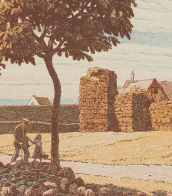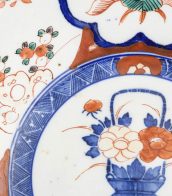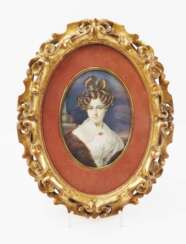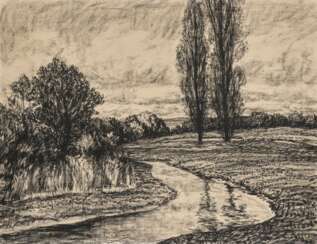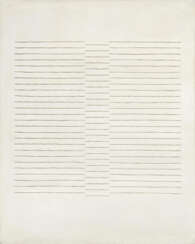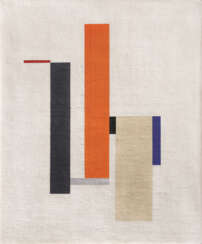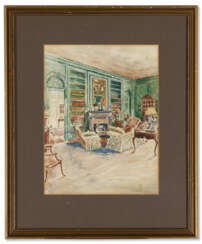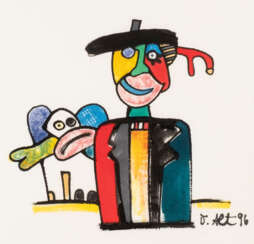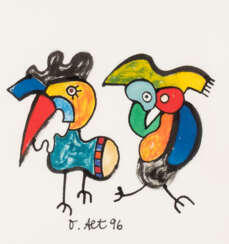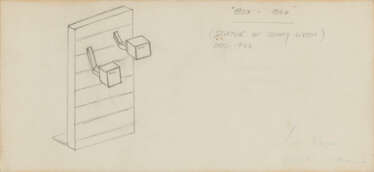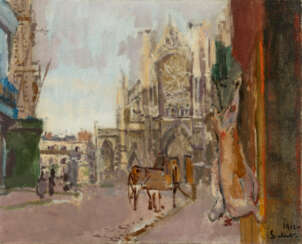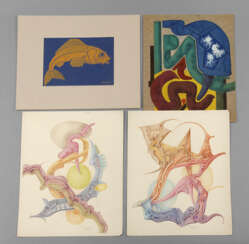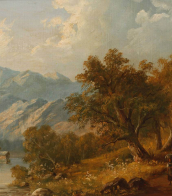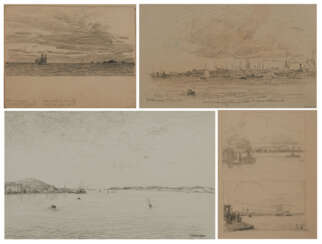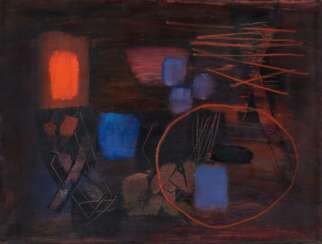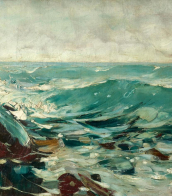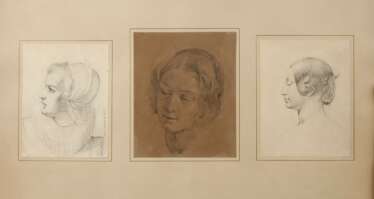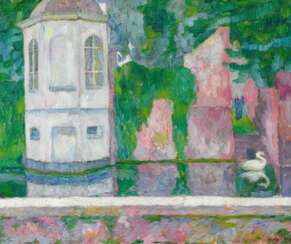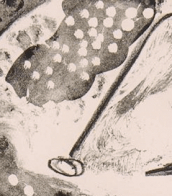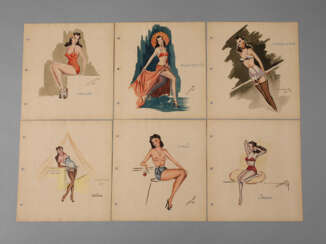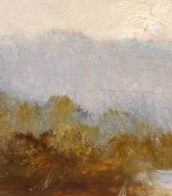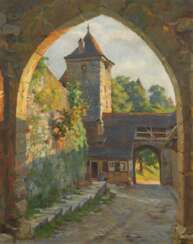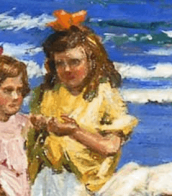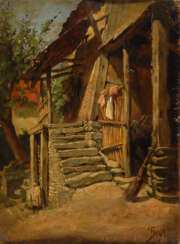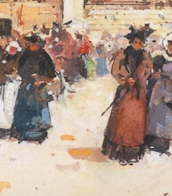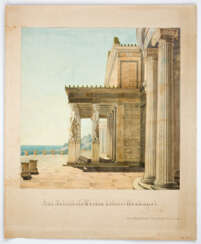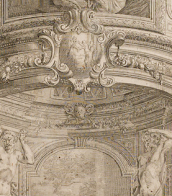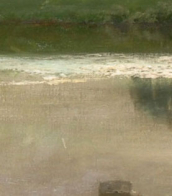alte zeichnungen
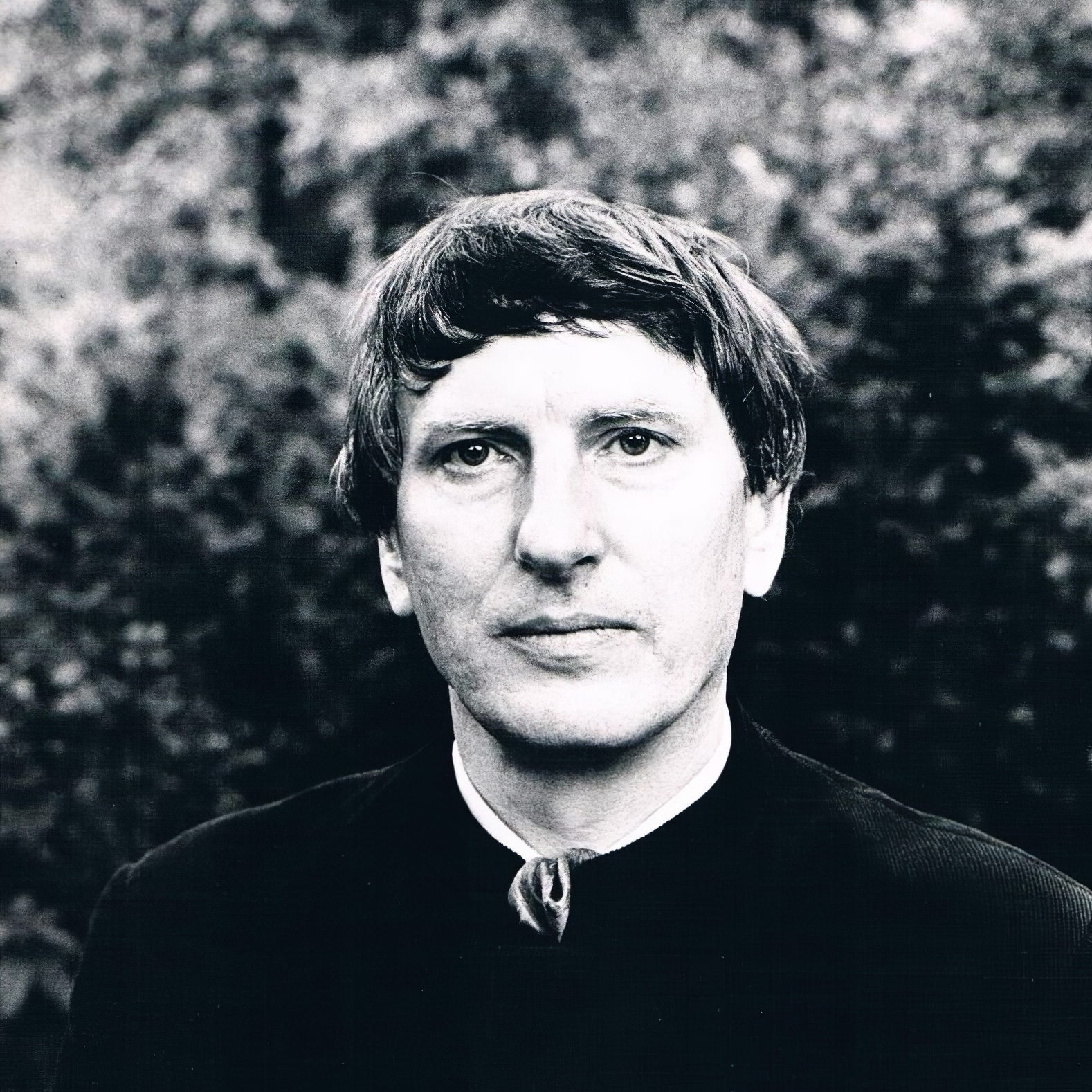
Gerhard Altenbourg is a German painter, sculptor, draughtsman and watercolourist.

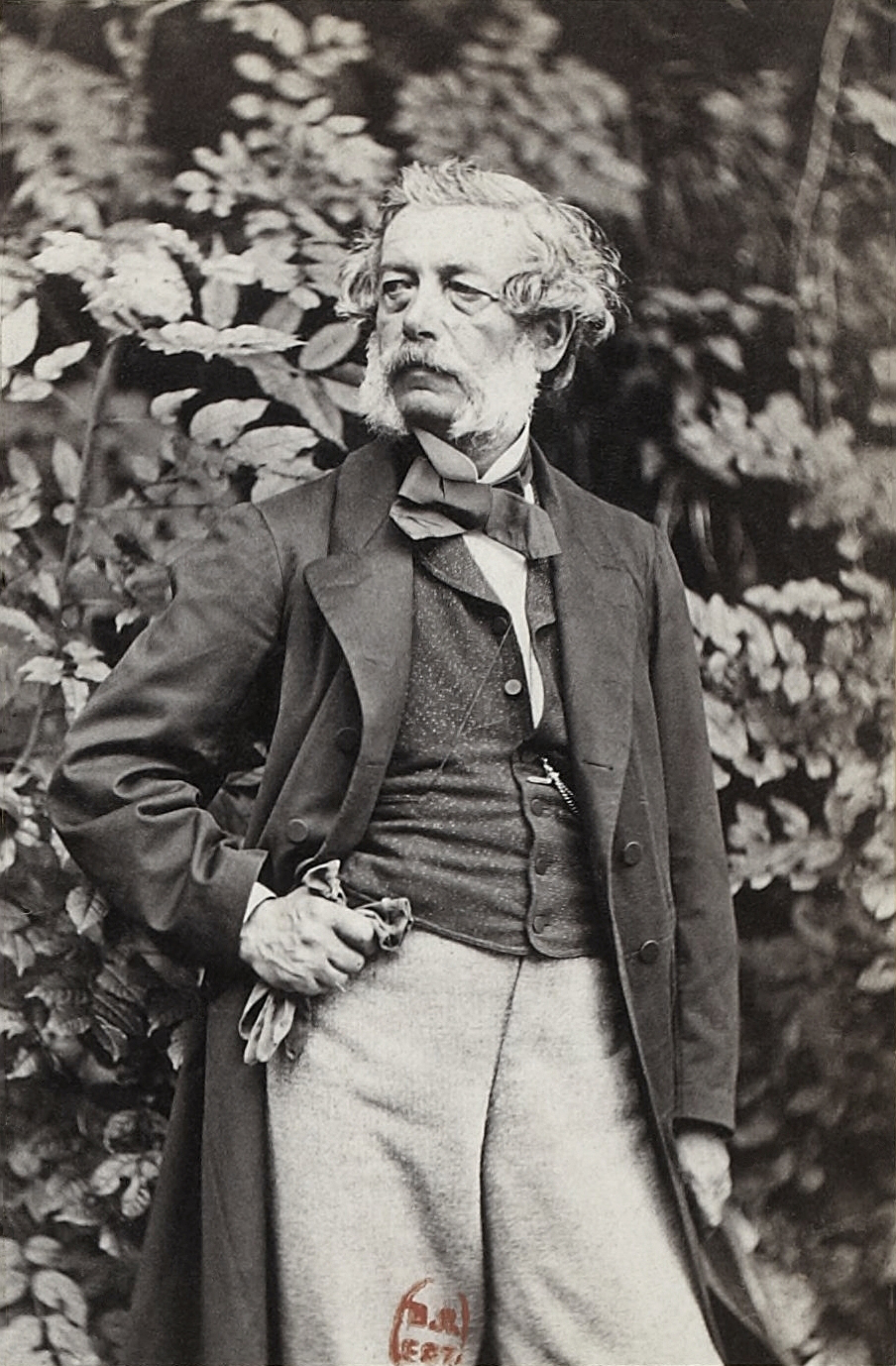
Franz Xaver Winterhalter was a renowned German painter and lithographer, celebrated for his masterful portraits of the nineteenth-century European aristocracy. Born in 1805 in a small village in the Black Forest, Winterhalter rose from humble beginnings to become the favored portraitist at royal courts across Europe, including those of Britain, France, and Russia.
Winterhalter's artistry is especially noted for its blend of realism and idealization, which made his portraits highly sought after by the elites of the time. His work is characterized by a delicate yet expressive handling of detail and a sophisticated use of color to enhance the opulence of his subjects' attire and surroundings. One of his most famous works, "The Empress Eugénie Surrounded by her Ladies in Waiting," epitomizes his style and skill in capturing the elegance and grace of the imperial courts.
His works are held in esteemed public collections worldwide, including the National Gallery of Art and the J. Paul Getty Museum, which preserve and display several of his important portraits. Winterhalter's legacy endures, and his paintings continue to be celebrated for their historical significance and artistic merit.
For those interested in exploring more about Franz Xaver Winterhalter's life and works, consider subscribing for updates related to new product sales and auction events featuring his art. This subscription is an excellent resource for collectors and experts in art and antiques, ensuring you stay informed about opportunities to acquire pieces by this illustrious artist.
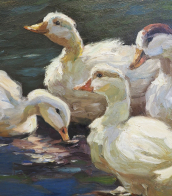

Franz Xaver Winterhalter was a renowned German painter and lithographer, celebrated for his masterful portraits of the nineteenth-century European aristocracy. Born in 1805 in a small village in the Black Forest, Winterhalter rose from humble beginnings to become the favored portraitist at royal courts across Europe, including those of Britain, France, and Russia.
Winterhalter's artistry is especially noted for its blend of realism and idealization, which made his portraits highly sought after by the elites of the time. His work is characterized by a delicate yet expressive handling of detail and a sophisticated use of color to enhance the opulence of his subjects' attire and surroundings. One of his most famous works, "The Empress Eugénie Surrounded by her Ladies in Waiting," epitomizes his style and skill in capturing the elegance and grace of the imperial courts.
His works are held in esteemed public collections worldwide, including the National Gallery of Art and the J. Paul Getty Museum, which preserve and display several of his important portraits. Winterhalter's legacy endures, and his paintings continue to be celebrated for their historical significance and artistic merit.
For those interested in exploring more about Franz Xaver Winterhalter's life and works, consider subscribing for updates related to new product sales and auction events featuring his art. This subscription is an excellent resource for collectors and experts in art and antiques, ensuring you stay informed about opportunities to acquire pieces by this illustrious artist.
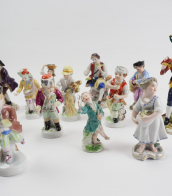
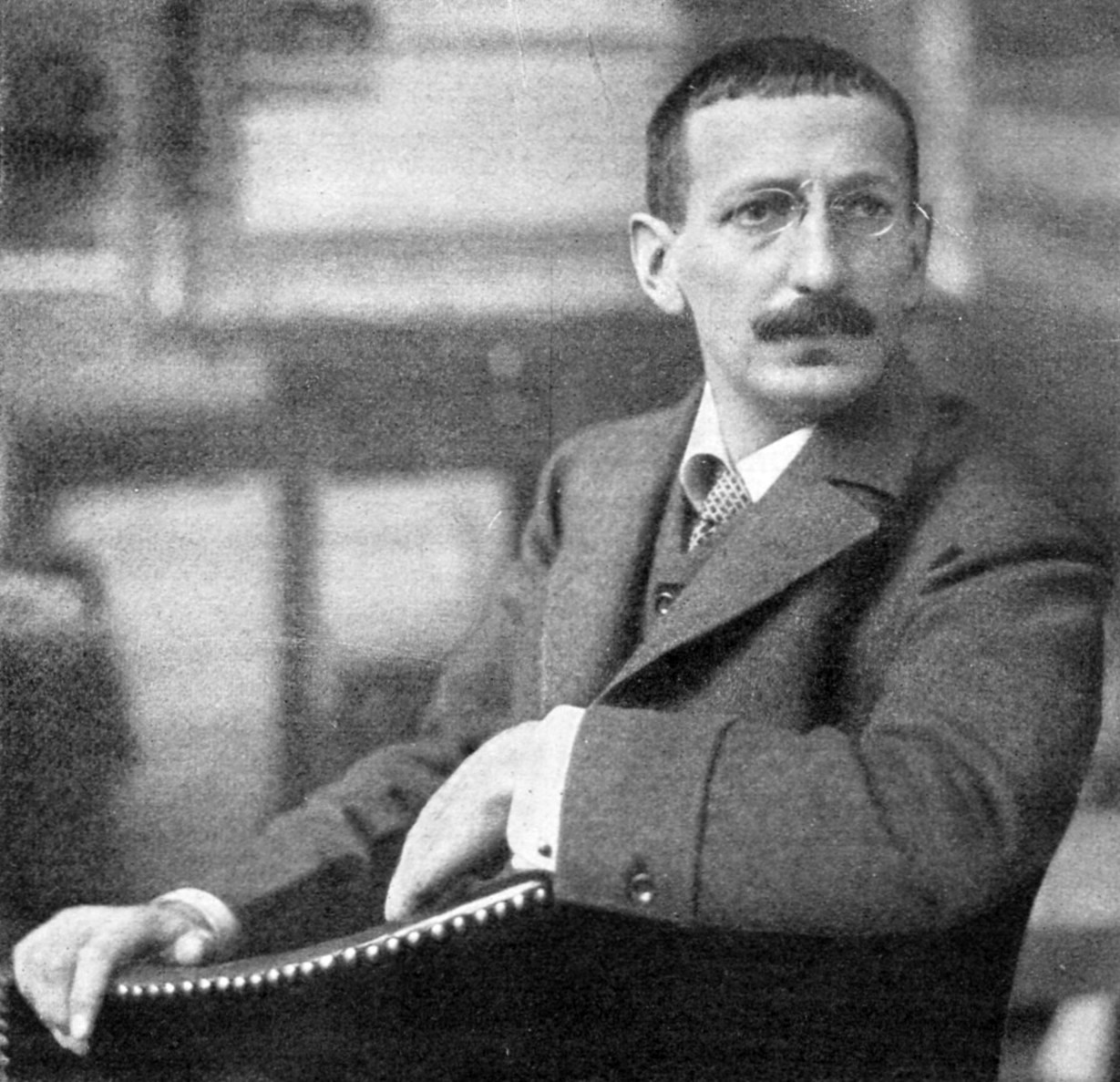
Walter Leistikow was a German painter of the late nineteenth and early twentieth centuries. He is known as a landscape painter, graphic artist, designer and art historian, a representative of the Jugendstil.
Early in his career Leistikow was one of the founders of the art group "Association of Eleven", which advocated modern art, rejecting academism. His landscapes, inspired by the Barbizon School, evolved toward simplification, sometimes with Art Nouveau influences. The artist sought to stylize landscapes, eschewing excessive detail in favor of silhouettes and blurred lines.
He also designed furniture, carpets and wallpaper, and in 1902 created trading cards for the Stollwerck chocolate company.
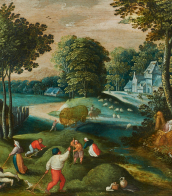

Walter Leistikow was a German painter of the late nineteenth and early twentieth centuries. He is known as a landscape painter, graphic artist, designer and art historian, a representative of the Jugendstil.
Early in his career Leistikow was one of the founders of the art group "Association of Eleven", which advocated modern art, rejecting academism. His landscapes, inspired by the Barbizon School, evolved toward simplification, sometimes with Art Nouveau influences. The artist sought to stylize landscapes, eschewing excessive detail in favor of silhouettes and blurred lines.
He also designed furniture, carpets and wallpaper, and in 1902 created trading cards for the Stollwerck chocolate company.
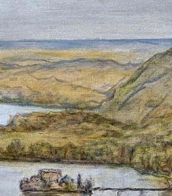
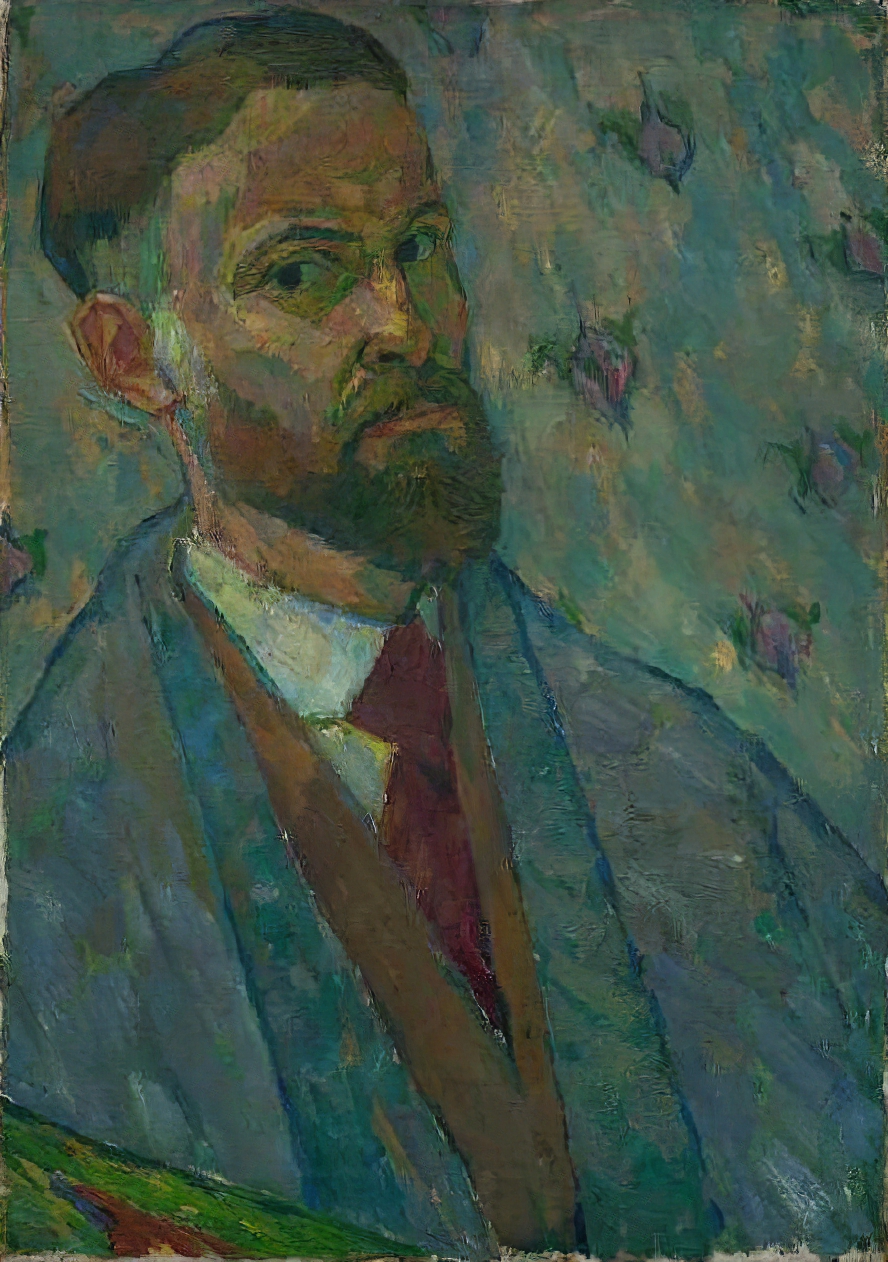
Walter Ophey was a German artist. He was known for his modernist paintings, which often depicted landscapes and still-life scenes.
Ophey studied at the Academy of Fine Arts in Düsseldorf. His early work was influenced by Impressionism, but he later became associated with the Expressionist movement.
In 1909 Ophey, together with some other Düsseldorf artists, formed the artistic group the Special Union (Sonderbund). The first chairman of the Special Union was the well-known German philanthropist and collector Carl Ernst Osthaus. In the following years this group became one of the most powerful avant-garde art movements in Germany.
Ophey's paintings are characterized by their bright colors and bold, simplified forms. He often depicted rural landscapes and still-life scenes, infusing them with a sense of emotional intensity. He was also known for his use of color, which he used to convey mood and atmosphere.
Ophey's work was exhibited extensively during his lifetime, including at the Berlin Secession and the Salon d'Automne in Paris. Despite his relatively short career, he was recognized as an important figure in the development of modernist painting in Germany.
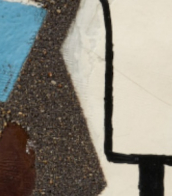

Walter Ophey was a German artist. He was known for his modernist paintings, which often depicted landscapes and still-life scenes.
Ophey studied at the Academy of Fine Arts in Düsseldorf. His early work was influenced by Impressionism, but he later became associated with the Expressionist movement.
In 1909 Ophey, together with some other Düsseldorf artists, formed the artistic group the Special Union (Sonderbund). The first chairman of the Special Union was the well-known German philanthropist and collector Carl Ernst Osthaus. In the following years this group became one of the most powerful avant-garde art movements in Germany.
Ophey's paintings are characterized by their bright colors and bold, simplified forms. He often depicted rural landscapes and still-life scenes, infusing them with a sense of emotional intensity. He was also known for his use of color, which he used to convey mood and atmosphere.
Ophey's work was exhibited extensively during his lifetime, including at the Berlin Secession and the Salon d'Automne in Paris. Despite his relatively short career, he was recognized as an important figure in the development of modernist painting in Germany.

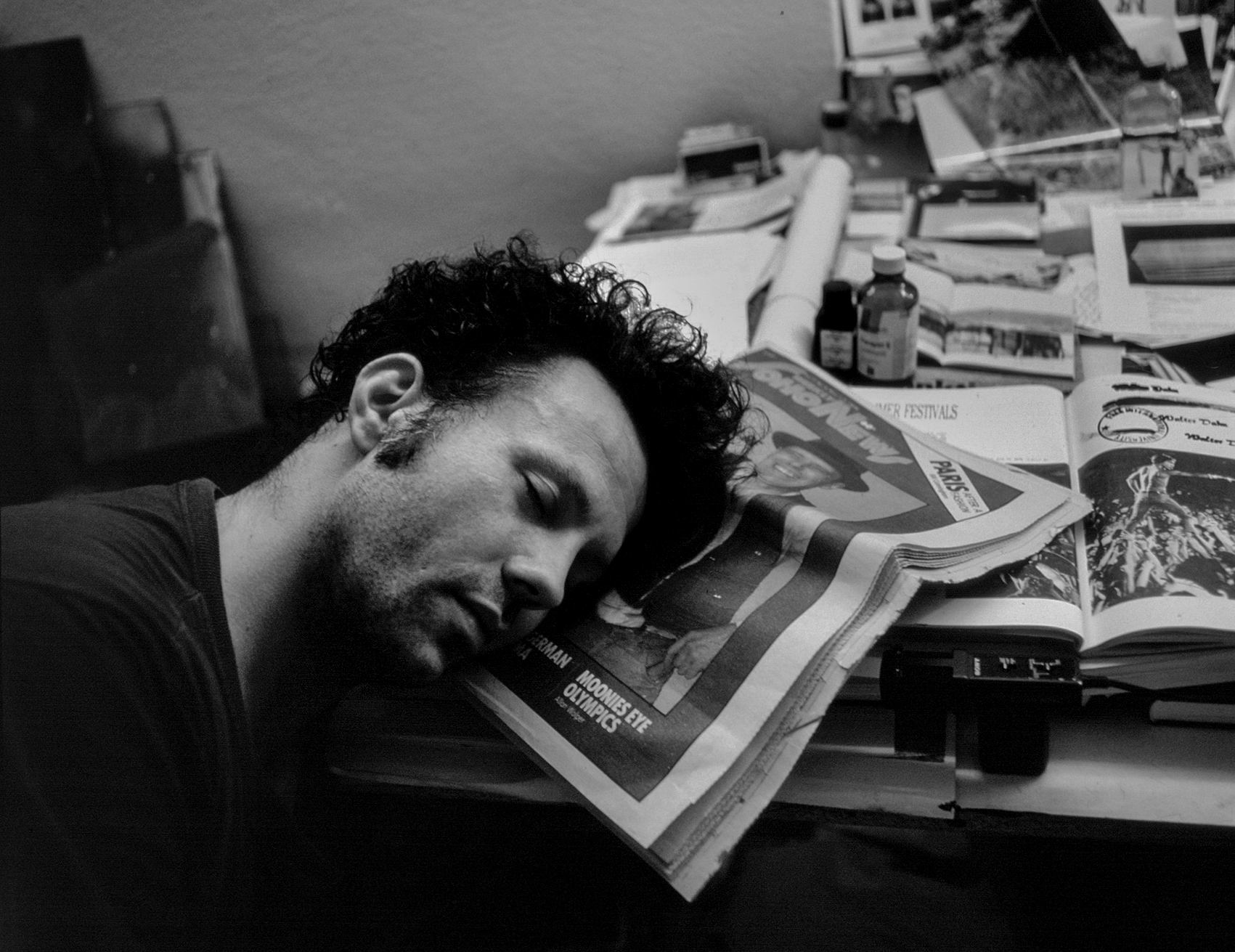
Walter Dahn is a German Neue Wilde artist who lives and works in Cologne.
Walter Dahn's work includes works of various media: photographs, drawings, logos, paintings, collages, stencil printing, installations and videos.
In addition to visual art, Dahn also works in music.

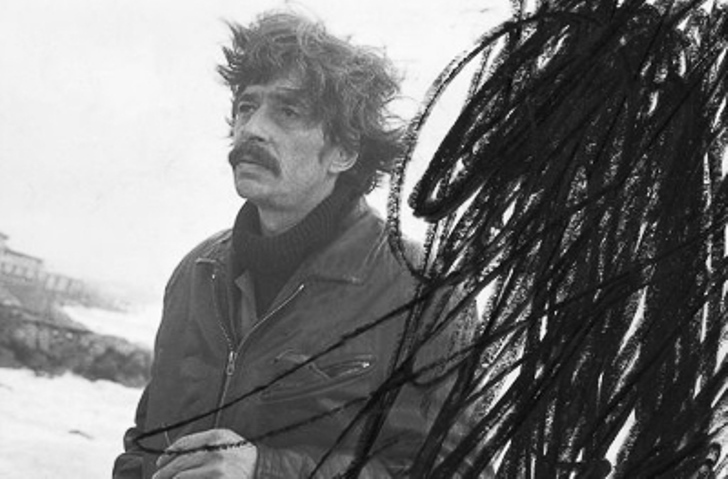
Walter Stöhrer is a German painter and graphic artist, a representative of gesture-figure painting.
He studied painting at the Academy of Arts in Karlsruhe and was a member of the Academy of Arts in Berlin.

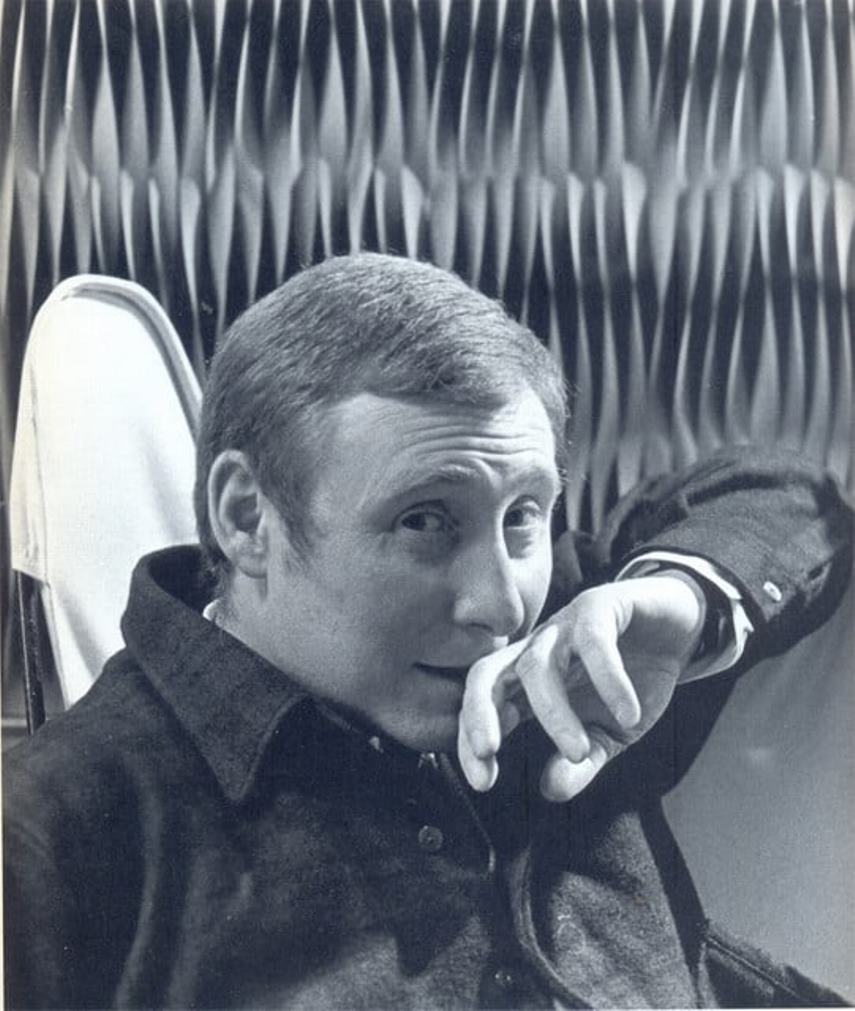
Walter Leblanc is a Belgian artist, one of the most important representatives of kinetic and optical art.
He studied at the Royal Academy of Fine Arts and the Higher Institute of Fine Arts in Antwerp.
Walter Leblanc gained international recognition as one of the founders and active participants in the avant-garde movements Nouvelle Tendance, ZERO, op art, kinetic art, concrete art. One of his famous works is the series "Twist Schemes".

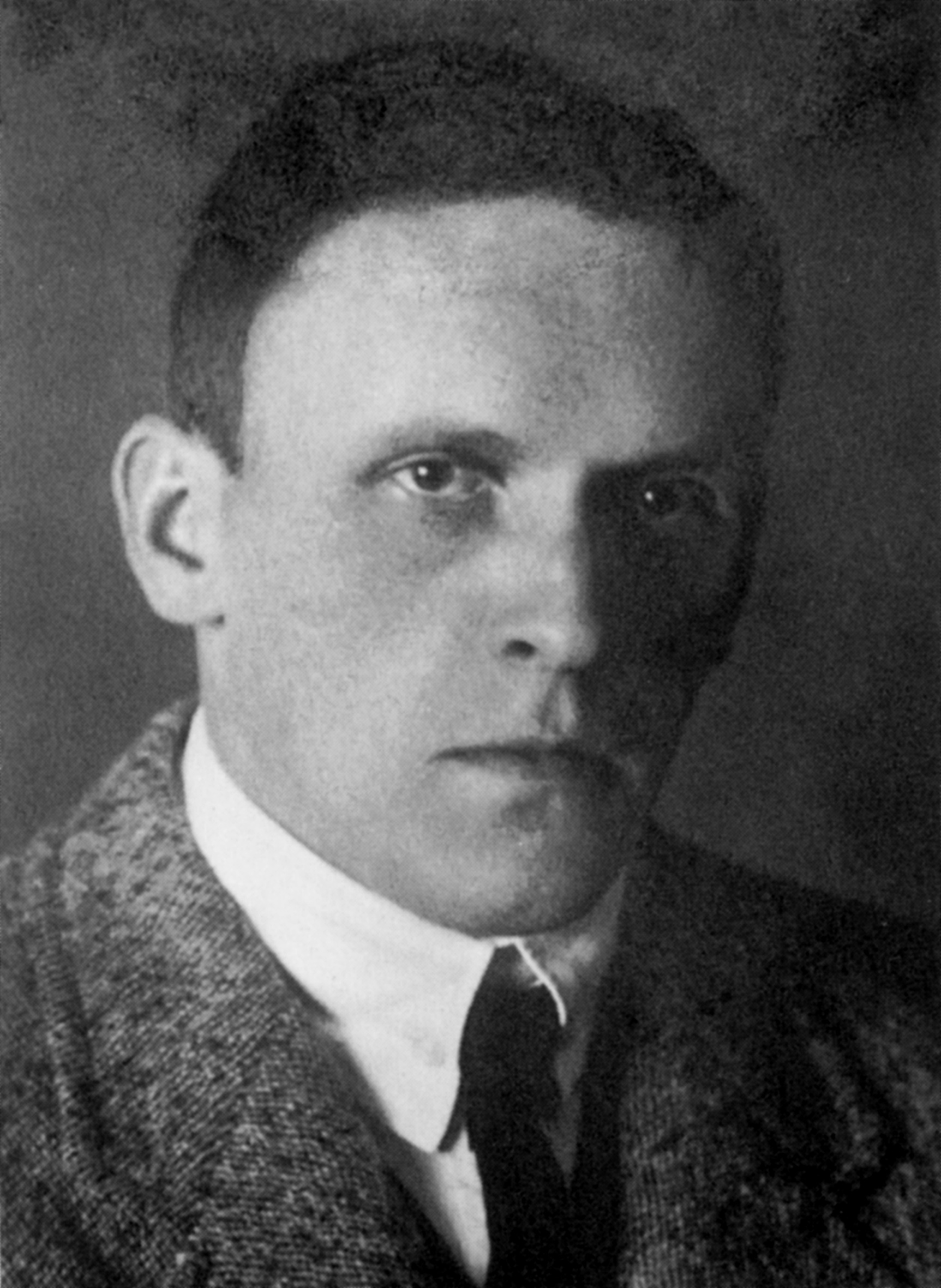
Walter Dexel was a German painter, commercial graphic designer, and transportation planner. He also functioned as an art historian and directed a museum in Braunschweig during the Second World War.
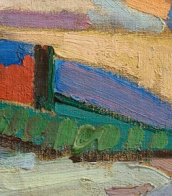
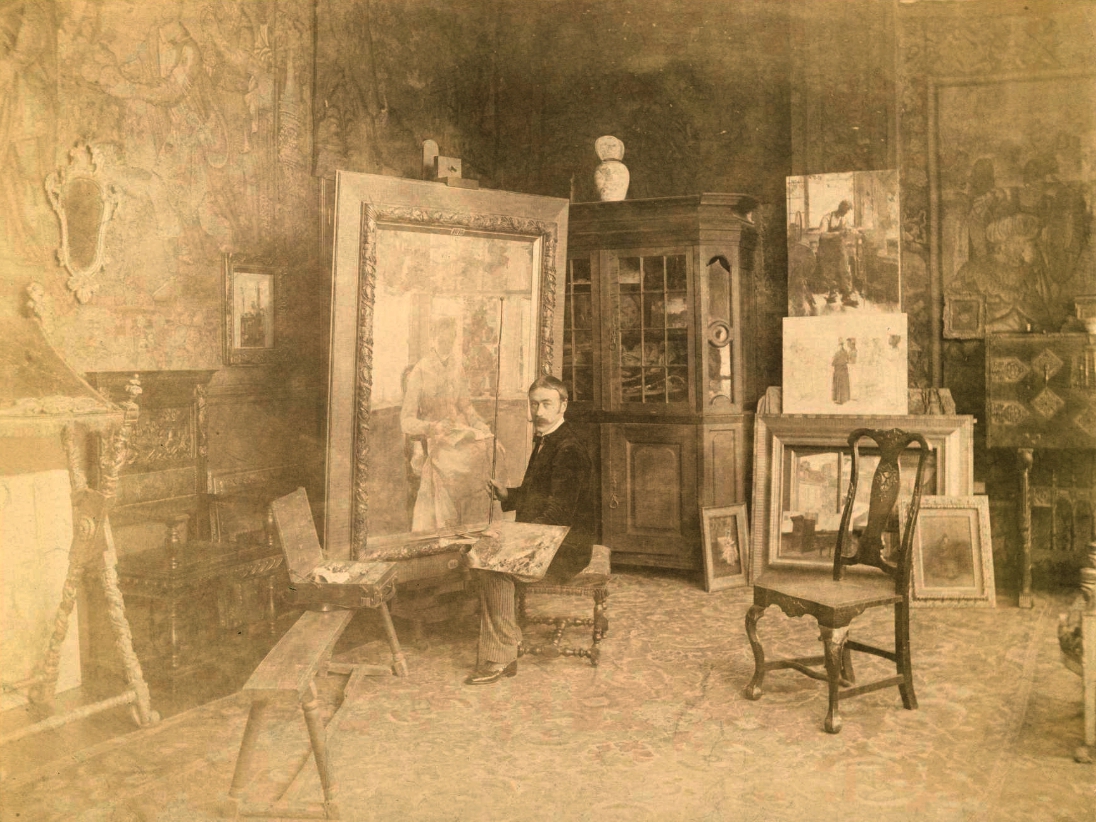
Walter Gay was an American artist known for his elegant, understated paintings of interiors and still lifes. He was studied at the School of the Museum of Fine Arts in Boston before traveling to Paris to continue his education at the Académie Julian.
Gay was part of a group of American artists who were drawn to Paris in the late 19th century, and he became associated with the expatriate community of American and British artists who settled in the city's Montparnasse district.
Gay's paintings are characterized by their subtle color harmonies, refined composition, and attention to detail. He specialized in depicting elegant, tastefully appointed interiors, often featuring antique furniture, works of art, and architectural details. He was also known for his still lifes, which included simple arrangements of flowers, fruit, and other objects arranged on tabletops or in windowsills.
Gay's work was highly sought after by collectors during his lifetime, and he exhibited regularly in Paris, London, and New York. He was awarded the Legion of Honor by the French government in 1908 in recognition of his contributions to the arts. Today, his paintings can be found in the collections of museums around the world, including the Metropolitan Museum of Art in New York and the Musée d'Orsay in Paris.
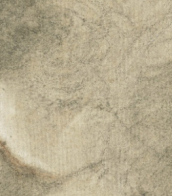

Walter Gay was an American artist known for his elegant, understated paintings of interiors and still lifes. He was studied at the School of the Museum of Fine Arts in Boston before traveling to Paris to continue his education at the Académie Julian.
Gay was part of a group of American artists who were drawn to Paris in the late 19th century, and he became associated with the expatriate community of American and British artists who settled in the city's Montparnasse district.
Gay's paintings are characterized by their subtle color harmonies, refined composition, and attention to detail. He specialized in depicting elegant, tastefully appointed interiors, often featuring antique furniture, works of art, and architectural details. He was also known for his still lifes, which included simple arrangements of flowers, fruit, and other objects arranged on tabletops or in windowsills.
Gay's work was highly sought after by collectors during his lifetime, and he exhibited regularly in Paris, London, and New York. He was awarded the Legion of Honor by the French government in 1908 in recognition of his contributions to the arts. Today, his paintings can be found in the collections of museums around the world, including the Metropolitan Museum of Art in New York and the Musée d'Orsay in Paris.
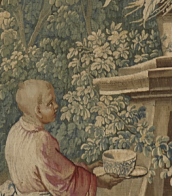
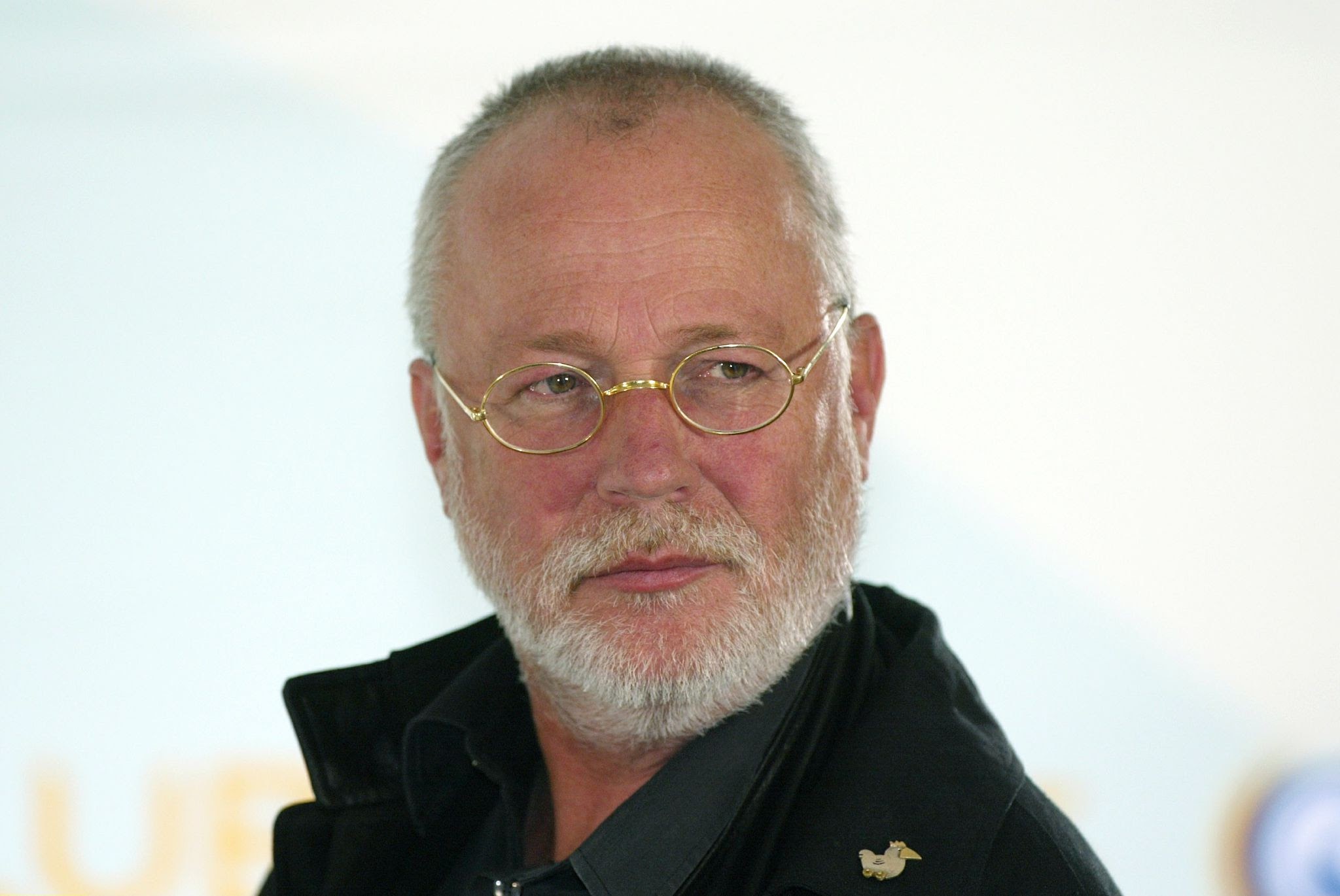
Otmar Alt was a German painter, graphic artist, designer and sculptor.
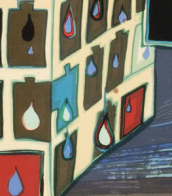

Otmar Alt was a German painter, graphic artist, designer and sculptor.


Otmar Alt was a German painter, graphic artist, designer and sculptor.

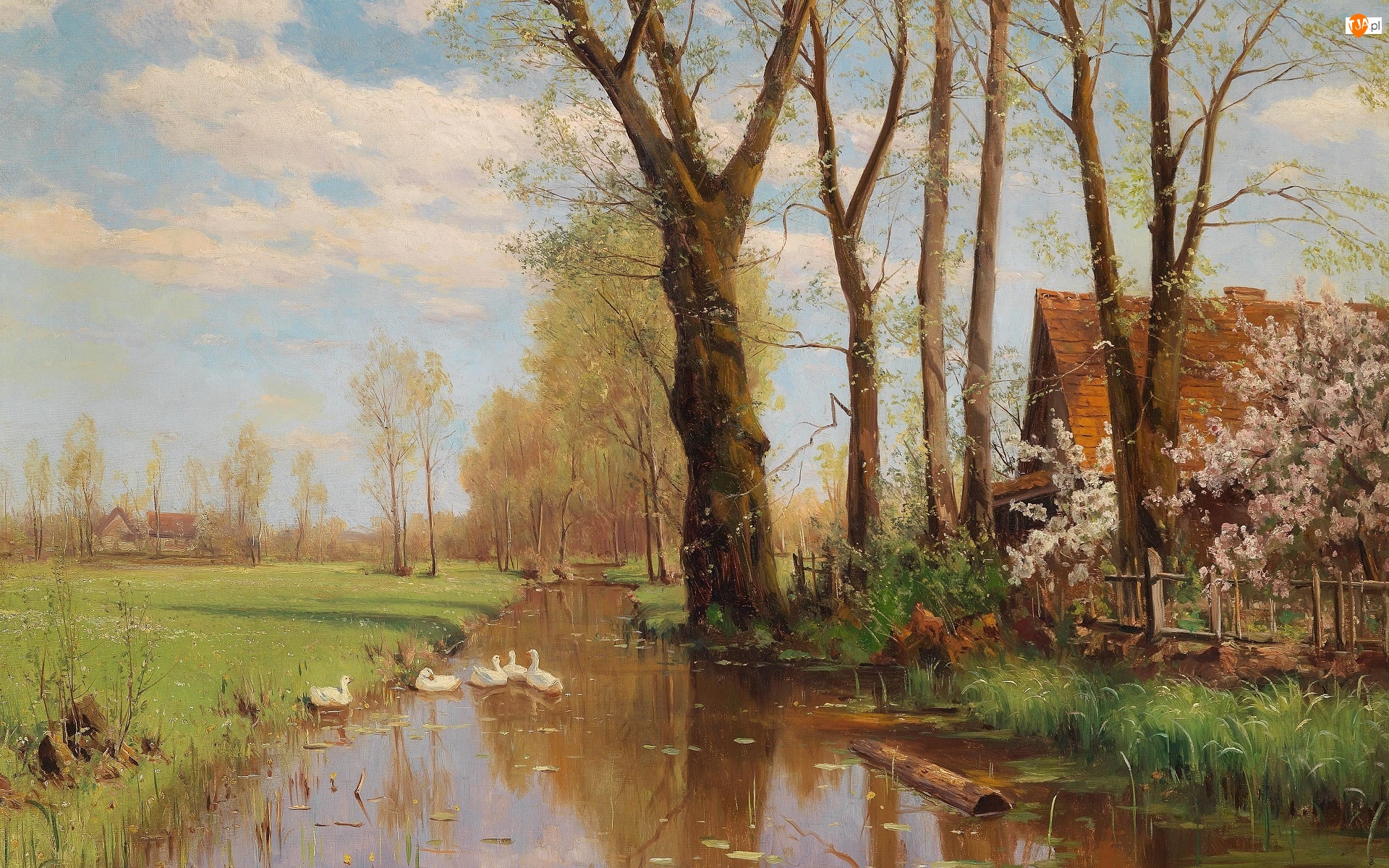
Walter Moras was a German landscape painter.
His favorite subject was provincial Germany: roads among the trees, rivers and streams, villages and mills. Moras is deservedly considered a master of winter landscapes. He was a realist painter, but he did not avoid some influence of impressionism in his works.
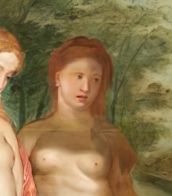


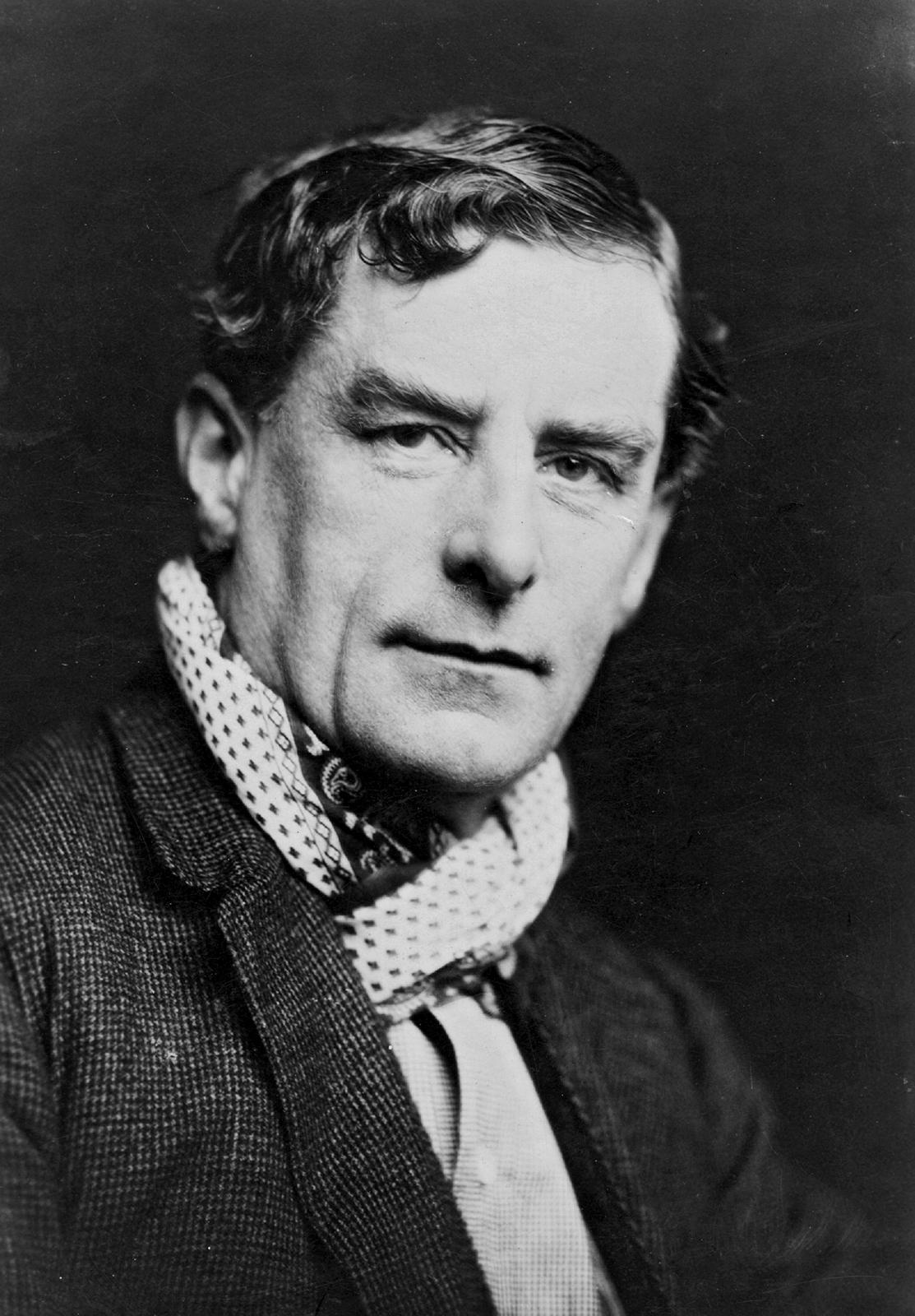
Walter Richard Sickert was a German-born British painter and printmaker who was a member of the Camden Town Group of Post-Impressionist artists in early 20th-century London. He was an important influence on distinctively British styles of avant-garde art in the mid- and late 20th century.
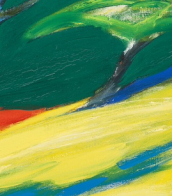
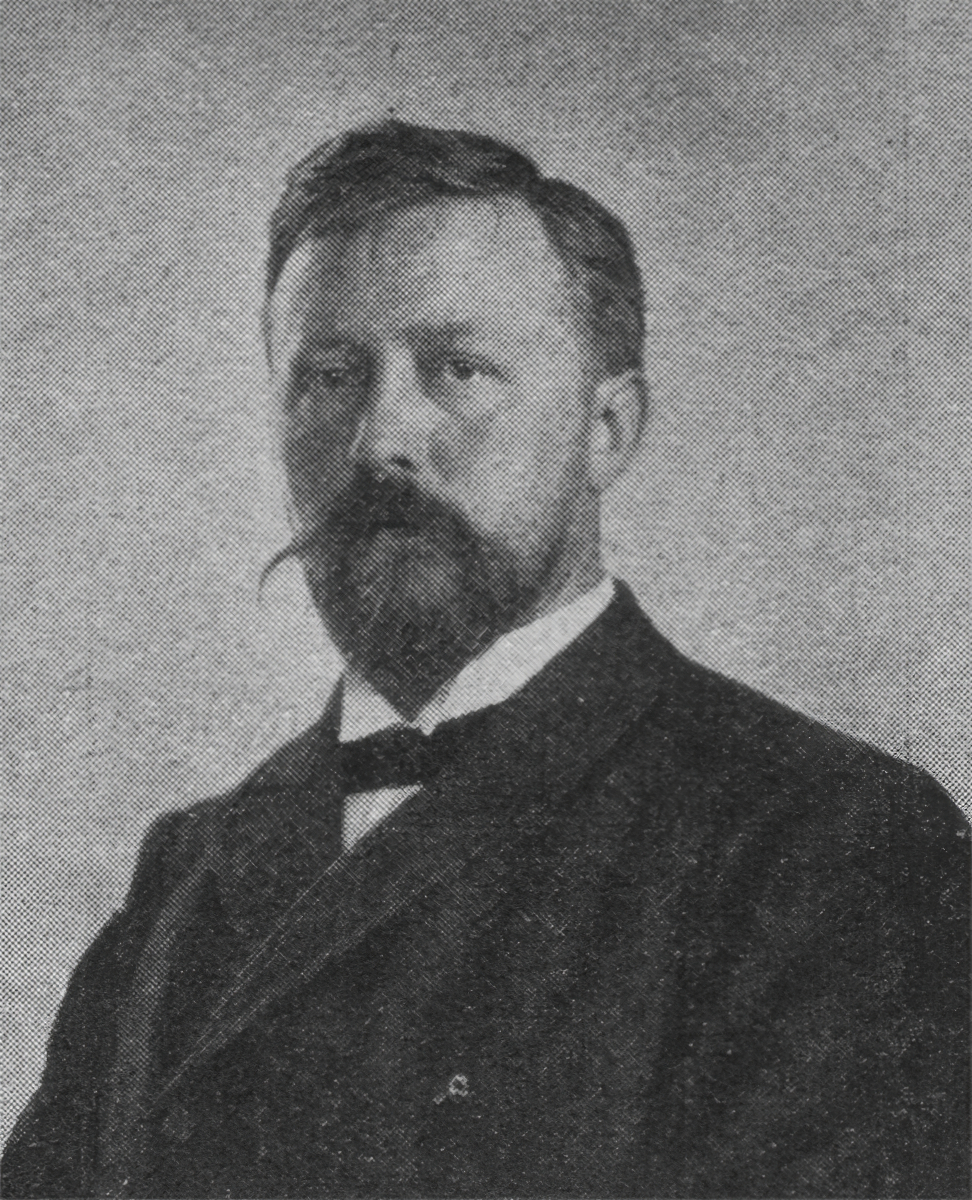
Friedrich Kallmorgen was a German Impressionist painter who specialized in landscapes and cityscapes.
